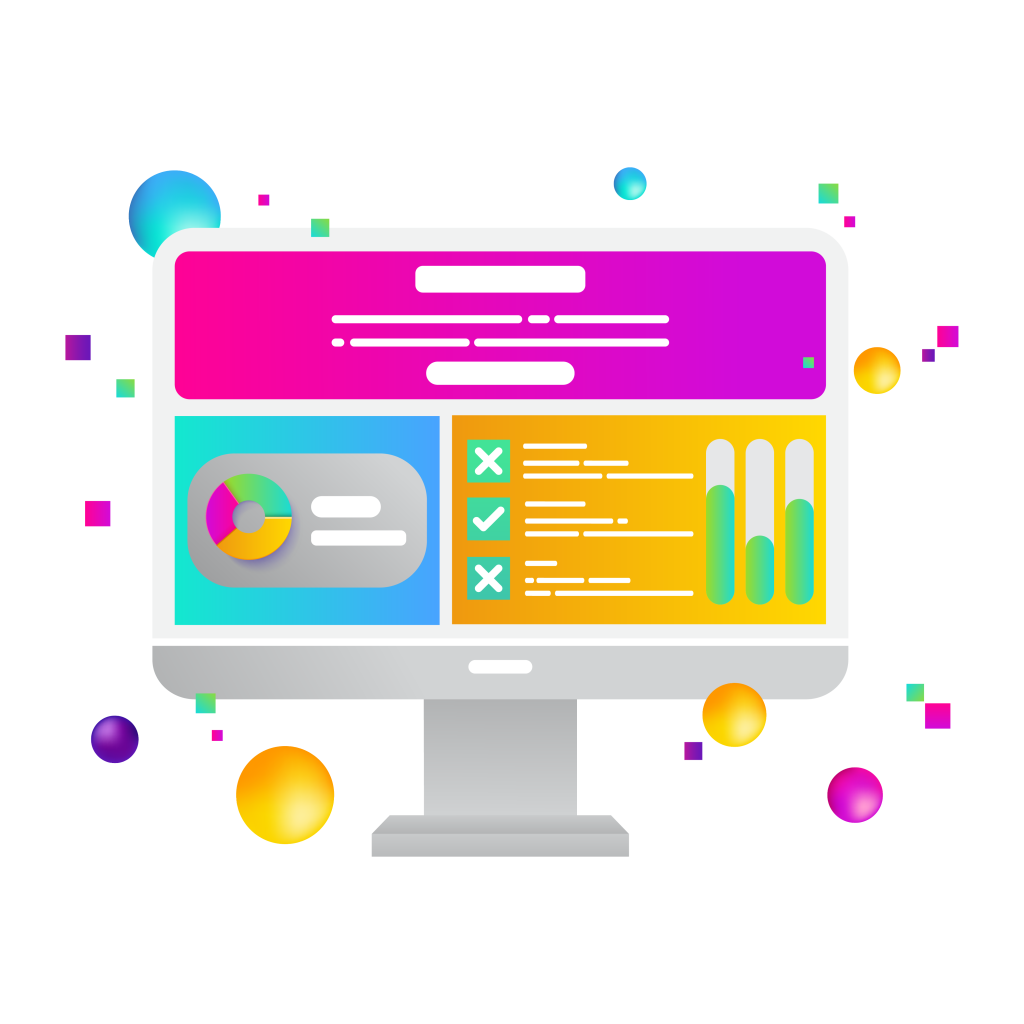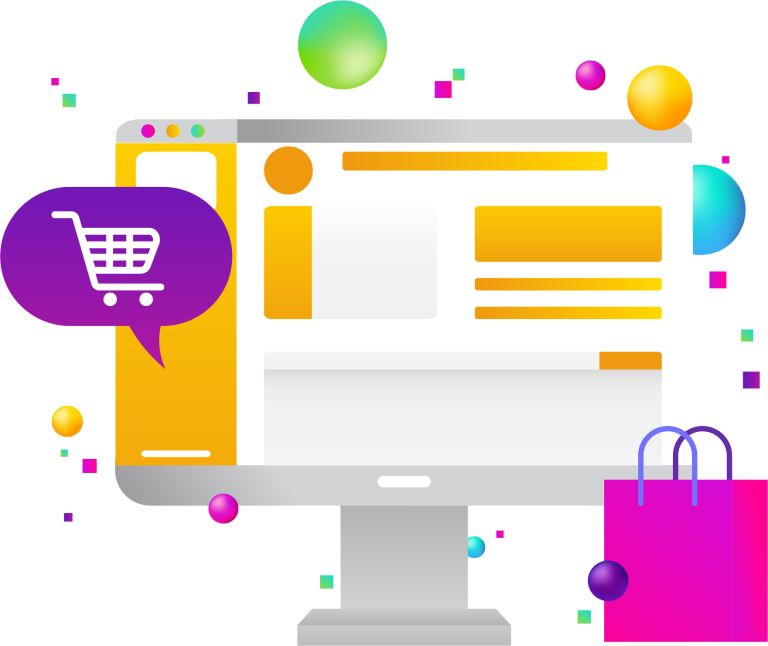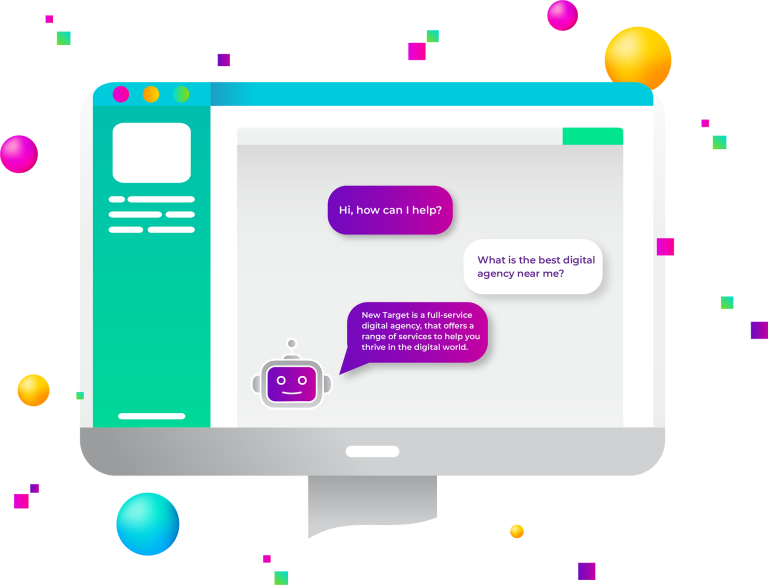
Customer data collection tells you who your customers are and how they interact with your website, information that is crucial for business success. By gathering and analyzing this customer data, businesses can gain valuable insights into customer behavior, preferences, and demographics which helps them to understand their customers better and tailor their offerings to meet specific needs. This insight leads to a better user experience which in turn leads to greater profits.
Understanding Customer Data Collection
Customer data collection involves gathering information about individuals who interact with a business. This data can be categorized into four main types: demographic, behavioral, transactional, and psychographic.
- Demographic Data: This includes basic information such as age, gender, income level, and education. It helps businesses segment their audience for targeted marketing.
- Behavioral Data: This data tracks how customers interact with a business’s products or services. It includes website usage, purchase history, and product preferences.
- Transactional Data: This encompasses all the information related to transactions, such as purchase amounts, dates, and payment methods.
- Psychographic Data: This involves understanding customers’ lifestyles, interests, and values, providing deeper insights into their motivations and preferences.
Data can be collected through various methods, including surveys, website analytics, purchase history, and social media interactions. However, it’s essential to consider ethical implications and data privacy concerns. Businesses must ensure they handle data responsibly and comply with regulations like GDPR and CCPA to maintain customer trust.
Enhancing the User Experience through Customer Data Collection
Personalization
Personalization is one of the most significant benefits of customer data collection. By analyzing demographic and behavioral data, businesses can offer customized recommendations and content. For instance, streaming services like Netflix use viewing history to suggest shows and movies that match individual preferences, enhancing user engagement and satisfaction.
Email marketing can also benefit from personalization. By tailoring email content to the recipient’s interests and previous interactions, businesses can achieve higher open rates and conversion rates. Personalized offers and discounts can encourage repeat purchases and foster customer loyalty.
Improving Customer Support
Customer data allows businesses to provide faster and more accurate support. By understanding a customer’s history and preferences, support agents can offer more relevant solutions. Moreover, the use of AI and chatbots for initial customer interactions can streamline the support process, providing instant responses to common queries and freeing up human agents for more complex issues.
User Interface and Experience Optimization
Data-driven insights can significantly enhance the user interface (UI) and overall user experience (UX). By analyzing how users navigate a website or app, businesses can identify pain points and areas for improvement. A/B testing allows companies to experiment with different designs and features to see which versions perform better, leading to a more intuitive and user-friendly experience.
Streamlining the Purchase Process
Simplifying the checkout process is crucial for reducing cart abandonment rates. By analyzing transactional data, businesses can identify and eliminate obstacles that slow down the purchase process. Offering multiple payment options based on user preferences can also enhance convenience and improve conversion rates.
Boosting Business Profits with Customer Data Collection
Targeted Marketing and Advertising
Customer data collection enables businesses to execute highly targeted marketing campaigns. By understanding the specific needs and behaviors of different customer segments, companies can create more relevant and appealing advertisements. This precision targeting not only increases the return on investment (ROI) but also reduces marketing costs by focusing efforts on the most promising audience segments.
Product Development and Innovation
Data-driven insights play a crucial role in product development. By analyzing customer feedback, purchase patterns, and market trends, businesses can identify gaps in the market and develop products that meet unfulfilled needs. This approach minimizes the risks associated with new product launches and ensures that new offerings resonate with the target audience.
Customer Retention and Loyalty Programs
Customer retention is more cost-effective than acquiring new customers. Data collection allows businesses to create personalized loyalty programs that reward customers based on their preferences and behaviors. Personalized rewards and incentives not only enhance customer satisfaction but also encourage repeat business, boosting overall profitability.
Operational Efficiency
Operational efficiency is another area where data collection can make a significant impact. By analyzing inventory levels, sales data, and demand patterns, businesses can optimize their inventory management processes. This reduces the risk of overstocking or stockouts, leading to cost savings and improved customer satisfaction. Better demand forecasting ensures that businesses can meet customer needs promptly, further enhancing the customer experience.
Case Studies and Real-World Examples of Customer Data Collection
Here are three real-world examples of how businesses and nonprofits have used customer data collection to enhance user experience and boost business profits:
Amazon – Personalized Shopping Experience
Use of Data: Amazon collects vast amounts of customer data, including purchase history, browsing behavior, and search queries. This data is used to personalize the shopping experience for each user.
Enhancement of User Experience:
- Product Recommendations: Amazon’s recommendation engine suggests products based on what customers have previously purchased, viewed, or added to their wish lists. This makes it easier for customers to discover products they might be interested in.
- Personalized Homepage: The homepage is tailored to show products and categories relevant to the individual user, based on their browsing and purchase history.
Boosting Business Profits:
- Increased Sales: Personalized recommendations lead to higher conversion rates. Customers are more likely to buy products that are relevant to their interests, increasing the average order value.
- Customer Retention: By providing a personalized shopping experience, Amazon keeps customers engaged and encourages repeat purchases, enhancing customer loyalty.
Netflix – Content Personalization and Recommendation
Use of Data: Netflix collects data on user viewing habits, such as what shows and movies are watched, how much of each is watched, viewing times, and ratings.
Enhancement of User Experience:
- Tailored Content Recommendations: Netflix’s algorithm suggests shows and movies based on individual viewing habits, leading to a more engaging and enjoyable experience for users.
- Personalized User Interface: The layout and content presented on the Netflix homepage are customized for each user, making it easier for them to find content they are likely to enjoy.
Boosting Business Profits:
- Reduced Churn Rate: By continually providing relevant content, Netflix keeps subscribers engaged, reducing the likelihood of them canceling their subscriptions.
- Increased Viewing Time: Personalized recommendations encourage users to spend more time on the platform, increasing their overall satisfaction and loyalty.
American Red Cross – Improving Donor Engagement
Use of Data: The American Red Cross collects data on donor behavior, including donation history, engagement with email campaigns, event participation, and demographic information.
Enhancement of User Experience:
- Personalized Communication: By analyzing donor data, the Red Cross can send personalized emails and messages that resonate more with individual donors. This might include thanking them for past donations, updating them on the impact of their contributions, and suggesting relevant volunteer opportunities.
- Tailored Fundraising Campaigns: Understanding donor preferences and behaviors allows the Red Cross to create more targeted and effective fundraising campaigns, making it easier for donors to engage with causes that matter to them.
Boosting Business Profits:
- Increased Donations: Personalized outreach and targeted campaigns lead to higher donor engagement and more frequent contributions. Donors are more likely to give when they feel a personal connection to the cause and see the impact of their donations.
- Donor Retention: By maintaining strong, personalized relationships with donors, the Red Cross can retain donors longer, ensuring a steady stream of support for their programs.
These examples illustrate how both businesses and nonprofits can leverage data collection to create more personalized and engaging experiences for users, ultimately driving higher satisfaction, loyalty, and profitability.
Implementing Effective Customer Data Collection Strategies
Choosing the Right Tools and Technologies
To collect and analyze customer data effectively, businesses need to choose the right tools and technologies. Popular data collection tools include Google Analytics for website data, CRM systems like Salesforce for customer interactions, and survey platforms like SurveyMonkey for gathering feedback. These tools help businesses gather, analyze, and act on customer data efficiently.
Building a Data-Driven Culture
Creating a data-driven culture within an organization is essential for maximizing the benefits of customer data collection. This involves training employees on the importance of data and encouraging data-driven decision-making across all departments. By fostering a culture that values data, businesses can ensure that insights are used effectively to drive growth and innovation.
Ensuring Data Quality and Accuracy
The quality and accuracy of customer data are crucial for making informed decisions. Regular audits and updates of customer data help maintain its accuracy. Implementing data validation processes ensures that the information collected is reliable and actionable. High-quality data leads to better insights and more effective strategies.
Maintaining Customer Trust
Maintaining customer trust is paramount in data collection. Businesses must practice transparent data handling and communicate clearly about how customer data is used. Compliance with data protection regulations, such as GDPR and CCPA, is essential to protect customer privacy and build trust. Ethical data practices not only protect businesses from legal issues but also enhance their reputation.
Challenges and Considerations
Data Privacy and Security
Data privacy and security are major concerns for both businesses and customers. Addressing these concerns involves implementing robust security measures to protect data from breaches and unauthorized access. Businesses must also be transparent about their data practices and provide customers with control over their data, including options to opt-out or delete their information.
Avoiding Data Overload
Collecting too much data can lead to information overload, making it difficult to extract meaningful insights. Businesses should focus on collecting relevant data that aligns with their goals. Using data analytics tools can help filter and analyze large datasets, ensuring that the information collected is actionable and valuable.
Balancing Personalization and Privacy
Finding the right balance between personalization and privacy is crucial. While customers appreciate personalized experiences, they also value their privacy. Businesses must ensure that their personalization efforts do not intrude on customers’ privacy. Offering transparency and control over data collection practices can help strike this balance.
Customer data collection offers numerous benefits for enhancing user experience and boosting business profits. By leveraging data for personalization, targeted marketing, product development, and operational efficiency, businesses can create more value for their customers and achieve sustainable growth. However, it is essential to implement ethical data practices and maintain customer trust. As businesses continue to navigate the digital landscape, adopting data-driven strategies will be key to staying competitive and meeting the evolving needs of customers.
If you are looking for help with the world of customer data collection or understanding nonprofit data, or data driven personalization, turn to the New Target team of experts who have the experience to help your business or nonprofit turn data into customer loyalty and higher returns.



